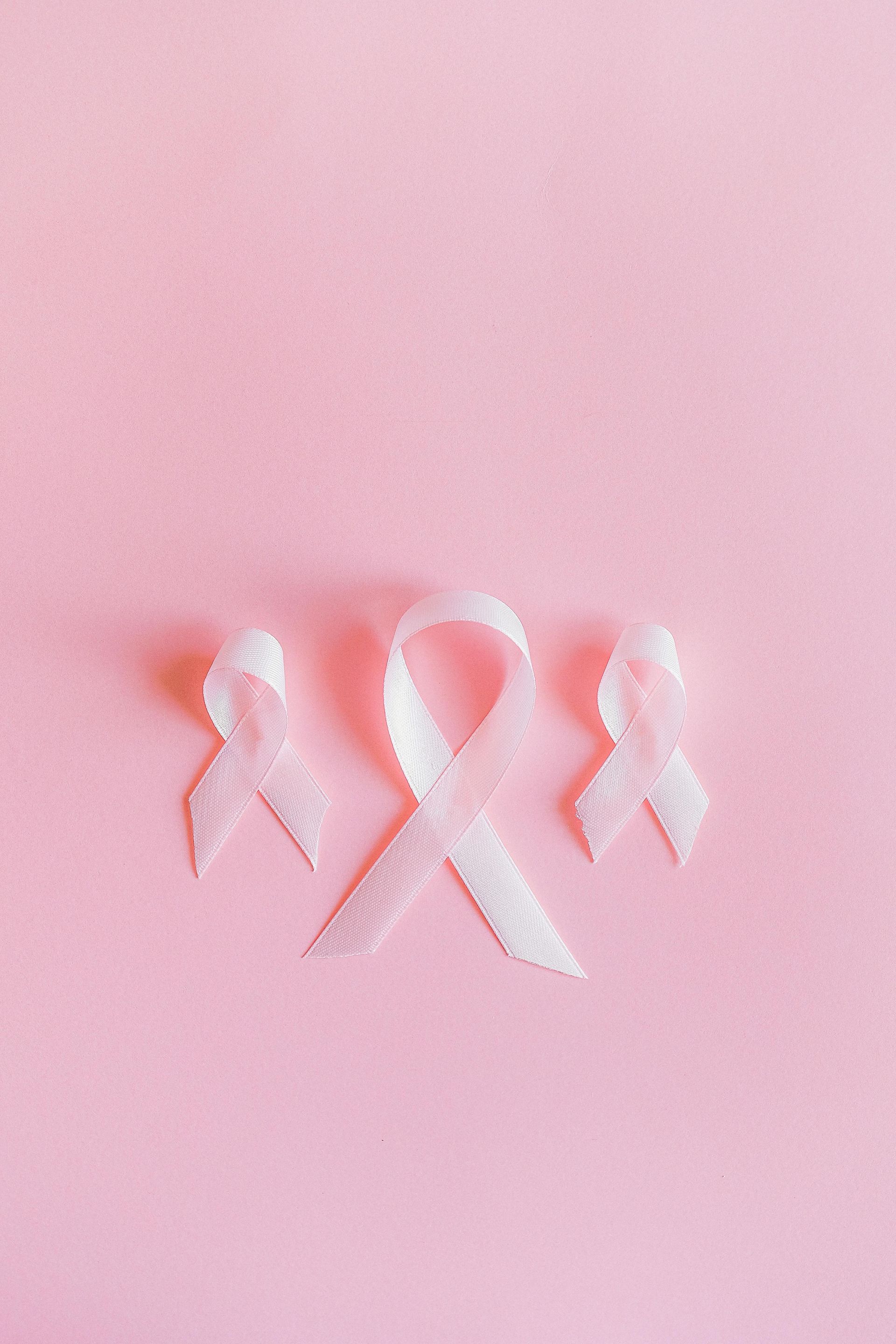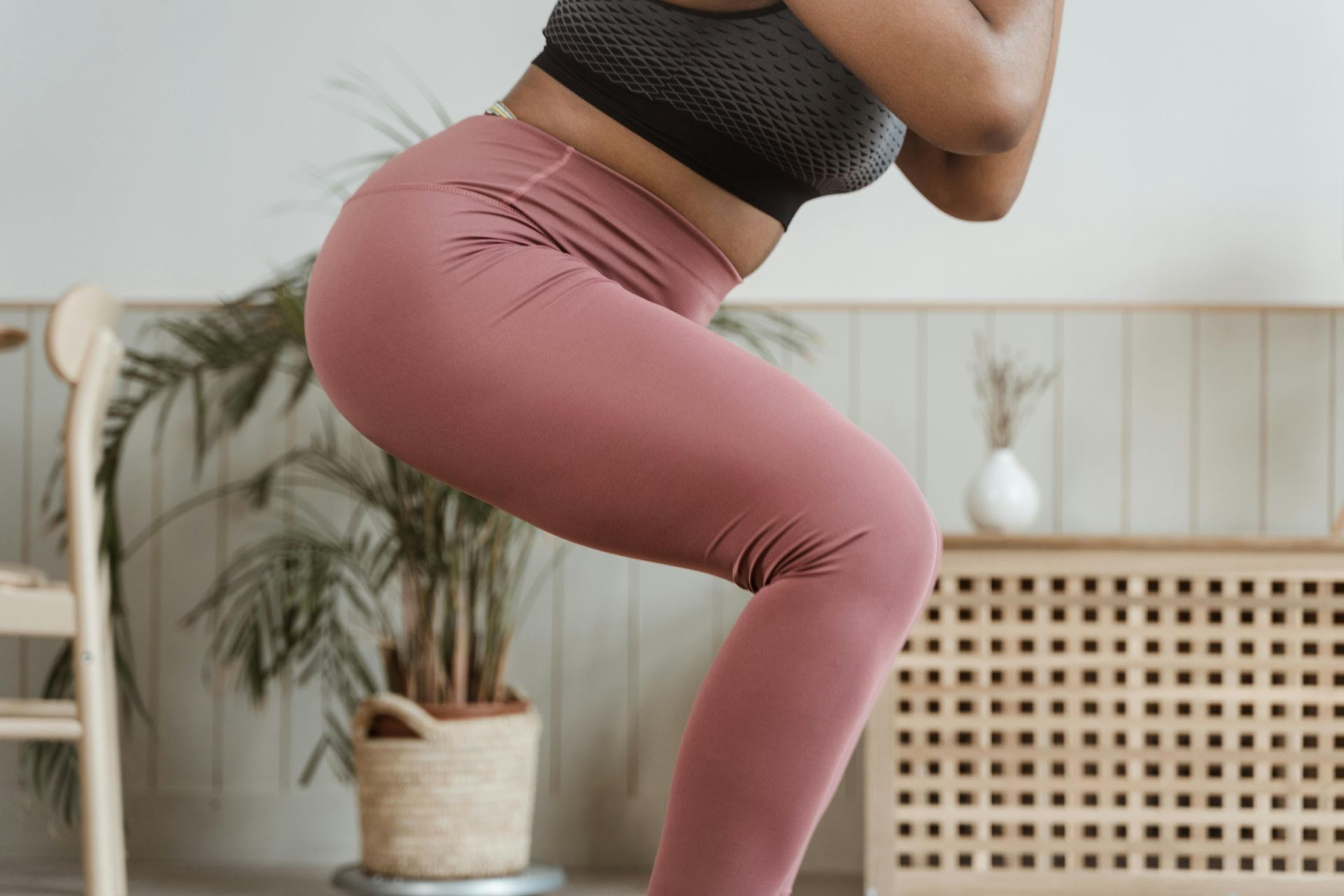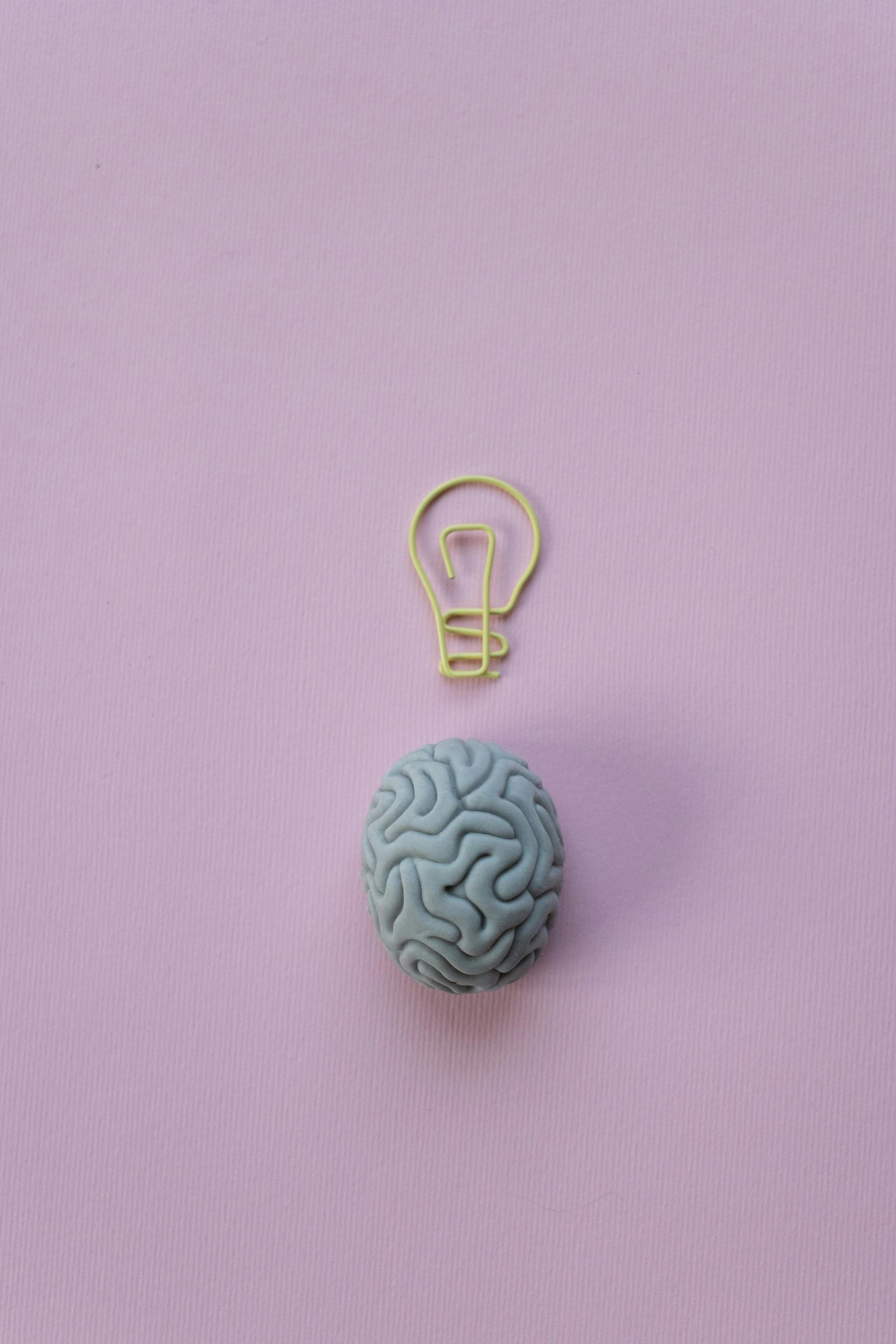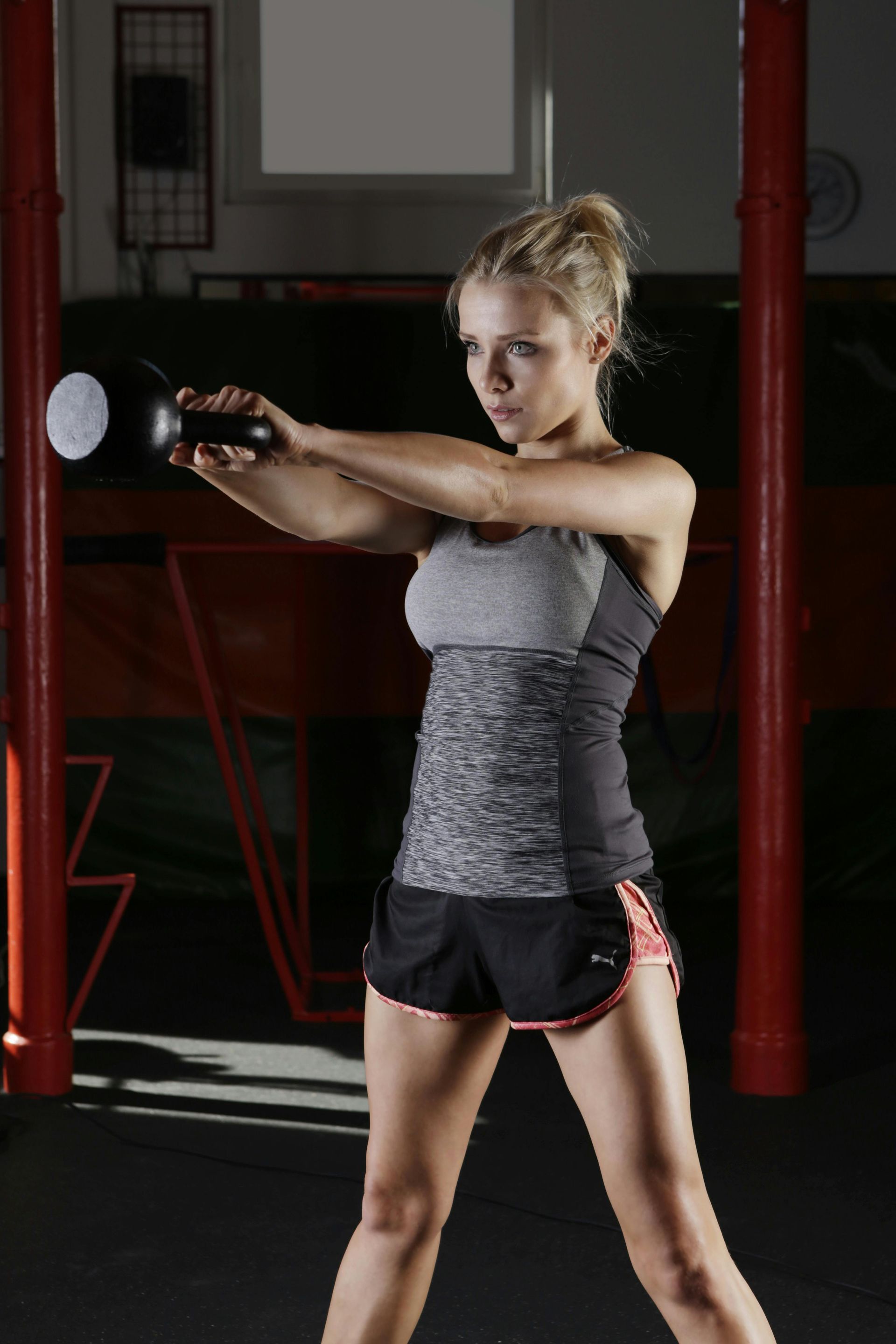The five stretches that you should be doing every day!
Jane Arlow • September 29, 2020
Yes, that's right...every day!
As we get older, we start to notice that we can't quite move the way we used to.
As with calves and hamstrings, tightness here can cause lower back pain and shoulder pain too (often on the opposite side of the body).
Picking things up the floor becomes more difficult; moving in a slightly unexpected way brings on aches and pains; and lower back, neck and shoulders feel tight.
It doesn't have to be that way. And it doesn't have to take a whole heap of time either. I've recorded a twenty minute video for you that you can access here. In the video, I'm sharing stretches for these five areas because they're the ones that I find many people struggle with most.
Here's the important bit though: everything is connected! So you may feel tight in one part of your body, but this might actually be a result of shortened or weakened muscles somewhere else in the chain.
And as we all spend an increasing amount of time sitting time, compared to earlier generations, we are all going to be experiencing more of these postural issues.
1. Stretch feet and ankles
You're likely to have poor foot and ankle mobility if you have scuffed toes on your shoes or you find yourself tripping up stairs.
Lack of mobility in feet and ankles is often a result of tight calf muscles and/or tightness in the connective tissue under your feet. The calf muscles attach at one end to the connective tissue under your feet and at the other end, below your knee.
They then link, through connective tissue all the way up the back of your legs, over your butt and into and up your back. This means that you may also experience sore lower back or shoulders as a result of tight feet/ calf muscles!
If you want more examples of stretches for feet and calf muscles, check out this blog post
2. Stretch hamstrings
You'll know if you have tight hamstrings if you find it difficult to straighten your knees to touch your toes.
Many of us spend a large part of every day sitting down with our knees bent. This means that your hamstrings, that start on your sit bones and then attach below your knee, are "on" a lot, just bending your knee. Is it any wonder that when we need to straighten the knee, the hamstrings are unhappy about it?
And, just reiterating the points from the last two paragraphs, everything is connected. So tight hamstrings can cause lower back pain. Check out some hamstring stretches here.
3. Stretch hip flexors
Tight hip flexors are usually characterised by stiffness or pain in the hips or butt
Many of us spend a large part of every day sitting down. This means that the muscles that flex your hips can get "stuck" in the same position.
As with calves and hamstrings, tightness here can cause lower back pain and shoulder pain too (often on the opposite side of the body).
4. Stretch chest muscles.
Are your shoulders rounded forward? Do you find it uncomfortable to take your straightened arms out to the side of your body in line with your shoulders? Then it's likely that you need to stretch your chest muscles.
Spending time typing over a laptop or your phone or spending a lot of time in your car can lead to a shortening of the muscles of the chest which then causes the upper back to be rounded and the neck to feel tight. Here are a couple of examples
5. Stretch neck
Anyone for text neck? That delightful posture where the head is tipped forwards of the body?
Did you know that your head weighs about 5kg and that if your head is resting in a neutral position with the force coming straight down the neck. If you tilt your head forward as you would look at a screen or tablet, these forces increase. By tilting your head down by about 45 degrees, the force that your head puts on your neck increases to 22kg. That's obviously a lot of weight for your muscles to bear!
Apart from stretching, one very easy thing that you can do is to ensure that you hold your phone up and/or have your screen at eye level!
I hope that you enjoy the stretches.
If you'd like to get a stretch in regularly, join my weekly online Strength and Stretch class on Fridays at 7.45am.
We work the muscles that get weak, at the same time as stretching the muscles that get tight. It feels delightful!
You can book into a free taster class here.
See you on the mat!

October's Breast Cancer Awareness Month and if you haven't done it recently, please let this be the nudge you need to give them a good feel up. Here 's a link to the NHS website below showing how to perform your check and what to look for. If you're one of my gentlemen readers, please don't think this doesn't apply to you. It does. Men can still get breast cancer. And if you find something that doesn't seem right, please contact your GP as soon as possible. 80-90% of lumps are likely to be benign, but for the small percentage of those that aren't, early detection and treatment are your best chances of having successful treatment and being around to annoy friends and family for a long time. Don't skip your mammogram I know having mammograms is really uncomfortable. But this is one of the best ways to check for cancers that aren't otherwise easily spotted. So if you get invited, please go. (And don't skip your smear test either!!!) Know your risk factors 1 in 7 women will get breast cancer in their lifetime. Here are some of the risk factors: - Age : older women are more likely to get breast cancer than younger women and age is the highest risk factor. - Genetics : Breast cancer risk is higher if you have first-degree relatives who've had it (although 85% of women with a relative with breast cancer WON'T get it). - Breast density (relates to the percentage of non-fatty tissue): the risk is highest for those with the most dense tissue. You can ask your radiographer to tell you whether you have dense tissue at your mammogram. - Lifestyle factors: These include having overweight or obesity, alcohol consumption, tobacco use and insufficient physical activity. - Exposure to endocrine disrupting chemicals: These "forever" chemicals, such as pthalates and parabens, show up in makeup and toiletries. Risk doesn't normally come from one exposure to one chemical, but from prolonged exposure to many different chemicals over a long period of time. You can read more about the risks here It's worth noting that even if you get a diagnosis, it's unlikely you'll ever know if there was "one thing" that caused it. What happens if you get a diagnosis of breast cancer? I am in no way competent to comment on the treatment plan your medical team recommend for you. Everyone I know who's had breast cancer has had a different treatment plan, depending on: the stage of cancer; whether it had spread further; whether it was hormone-receptive; whether it was due to genetic mutation; and the age of the woman. I do know that for all of us, it was a really scary time. You should be given access to resources outside of the surgical and oncology team, often via a Macmillan nurse, who can answer questions on topics from your treatment and reactions, to claiming for extra benefits. They're also great if you're not sure what questions to ask. While you're in the heat of the panic, it can be difficult to think clearly about what you need to know. Using "what should I be asking that I'm not?" is super helpful. Keep moving after your diagnosis, during and after treatment The one thing I can advise you on with all confidence, is to keep moving. Exercise is safe, possible and helpful for individuals with breast cancer, throughout the treatment cycle. In fact, international guidelines say you should try to get back to your normal activities as soon as possible. Exercise can help reduce the risk of cancer coming back; and may stop stage 1 cancers from growing further; and can also reduce treatment side effects like tiredness, cognitive impairment or lympoedema. Yes, you may need to dial back your usual activities if treatment leaves you feeling exhausted. But whenever you can, please aim for 150 minutes of exercise in every week. Many forms of treatment also lead to a higher osteoporosis risk, so please also do resistance-based and/or some impact-based exercise every week. I'd also recommend paying attention to shoulder mobility. Scar tissue and "guarding" of surgery sites can reduce your range of movement a lot. Check in with your medical team to confirm if there's any specific movements you should avoid during your treatment plan, and when you'll be signed off to go back to them. One last piece of advice someone else gave me... When you tell people you have cancer, a lot of them will have an opinion on your treatment plan. Especially if they're of the "my friend cured their cancer by just eating this one thing.." type. Unless this person is an oncologist, you can safely ignore them! So, what are you still doing reading this? Go off and give yourself a fondle!









